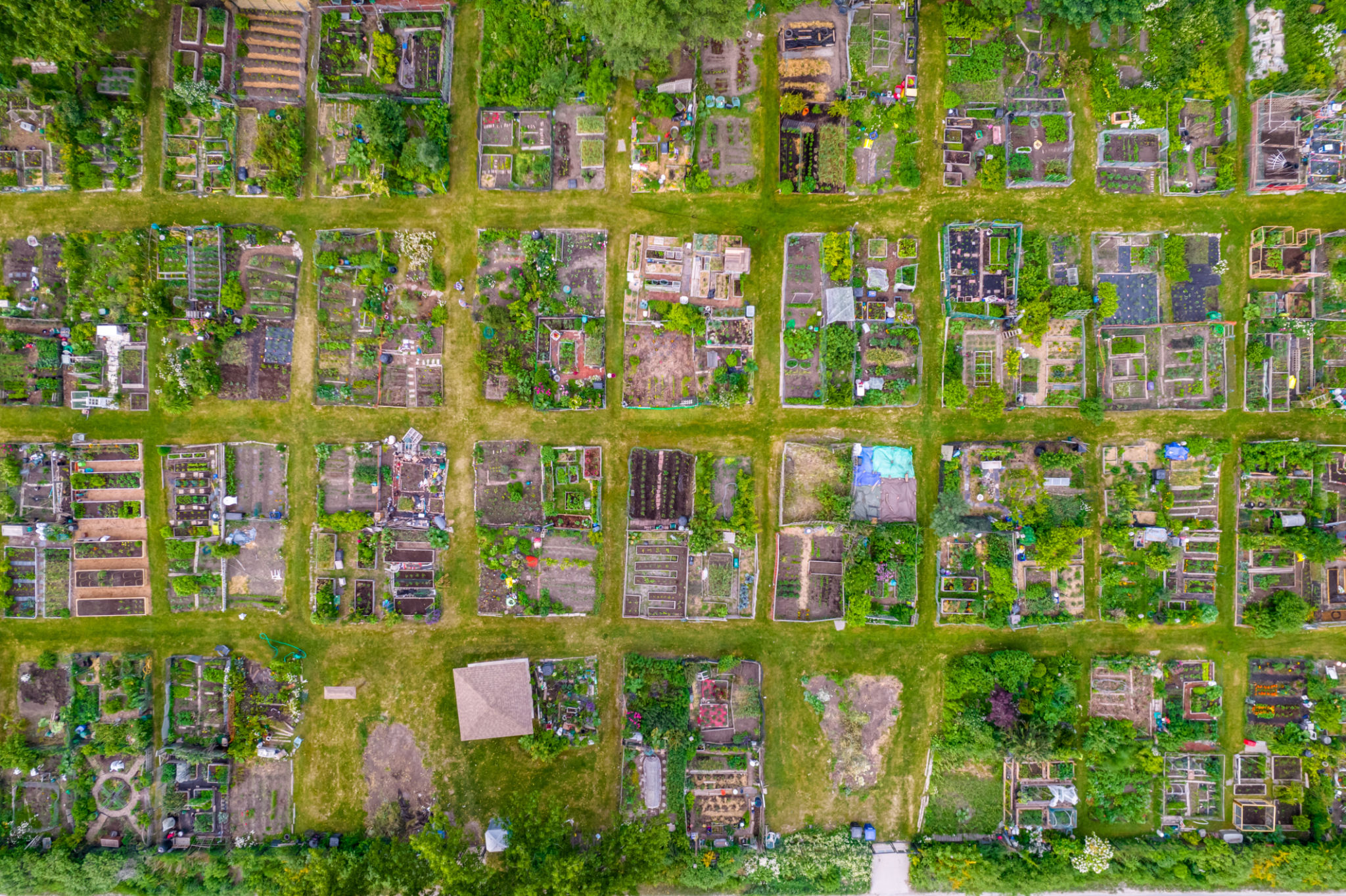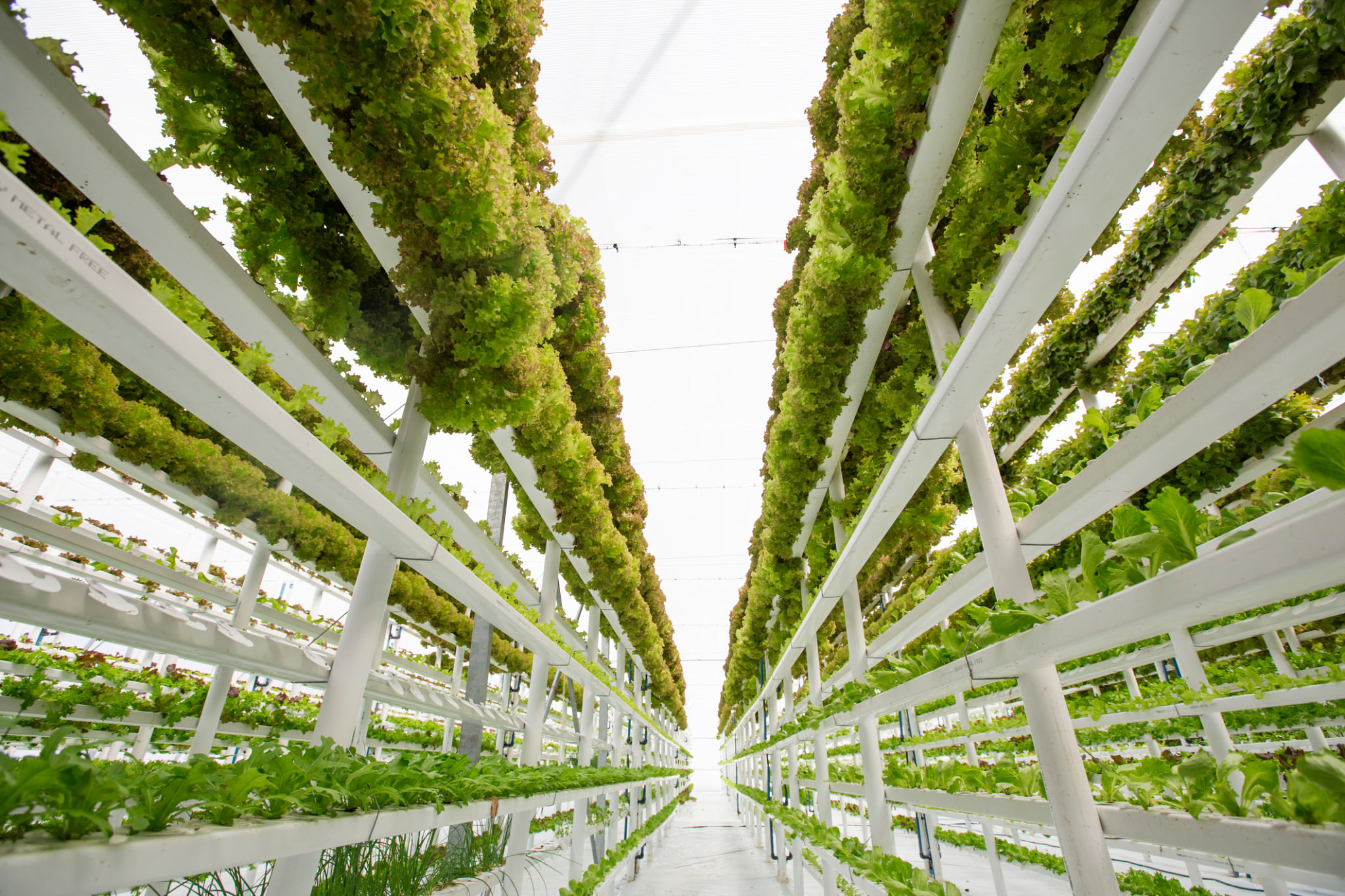Common Misconceptions About Urban Farming in New York State
Understanding Urban Farming in New York State
Urban farming is blossoming across New York State, yet several misconceptions persist about what it truly involves. Many people envision urban farming as a quaint hobby, but it is, in fact, a vital component of the local food system and a significant contributor to community development. Let's explore some common misconceptions and the realities of urban farming.

Misconception 1: Urban Farming is Only for Personal Use
One prevalent misconception is that urban farming is solely for personal consumption. While many urban gardeners grow food for their households, a substantial number of urban farms operate as businesses. These enterprises supply fresh produce to local markets, restaurants, and community-supported agriculture (CSA) programs. Urban farms thus play a crucial role in improving food security and accessibility in densely populated areas.
Misconception 2: Urban Farms Are Too Small to Make an Impact
Another myth is that the limited space of urban environments renders urban farms ineffective. On the contrary, urban farms utilize innovative methods like vertical farming and hydroponics to maximize production in small spaces. These techniques not only allow for efficient use of space but also often result in higher yields compared to traditional farming.

Misconception 3: Urban Farming is Not Sustainable
Some hold the belief that urban farming lacks sustainability. However, urban farms often emphasize eco-friendly practices such as composting, rainwater harvesting, and organic pest control. By reducing food miles and promoting local sourcing, urban farms significantly contribute to environmental sustainability. Moreover, they help mitigate urban heat island effects by increasing green spaces.
Misconception 4: Urban Farming Requires High Investment
Many assume that starting an urban farm requires substantial financial investment. While certain technologies can be costly, urban farming can often be initiated on a modest budget. Community gardens and small-scale plots can be developed with minimal resources, relying instead on community collaboration and resource sharing.

Misconception 5: Urban Farming is a Modern Trend
Contrary to popular belief, urban farming is not a new concept. Historically, cities have long incorporated agricultural practices within their boundaries. However, recent advancements in technology and a growing awareness of sustainable living have brought renewed attention to this age-old practice.
The Future of Urban Farming in New York State
As urban farming continues to evolve, it holds great potential for shaping the future of agriculture in New York State. By dispelling these misconceptions and embracing innovation, urban farms can become integral to supporting local economies, enhancing food security, and fostering resilient communities.
As more people become aware of the realities and benefits of urban farming, it can inspire greater participation and investment in this valuable practice. Whether through community initiatives or entrepreneurial ventures, urban farming offers a promising path forward for sustainable living in metropolitan areas.
